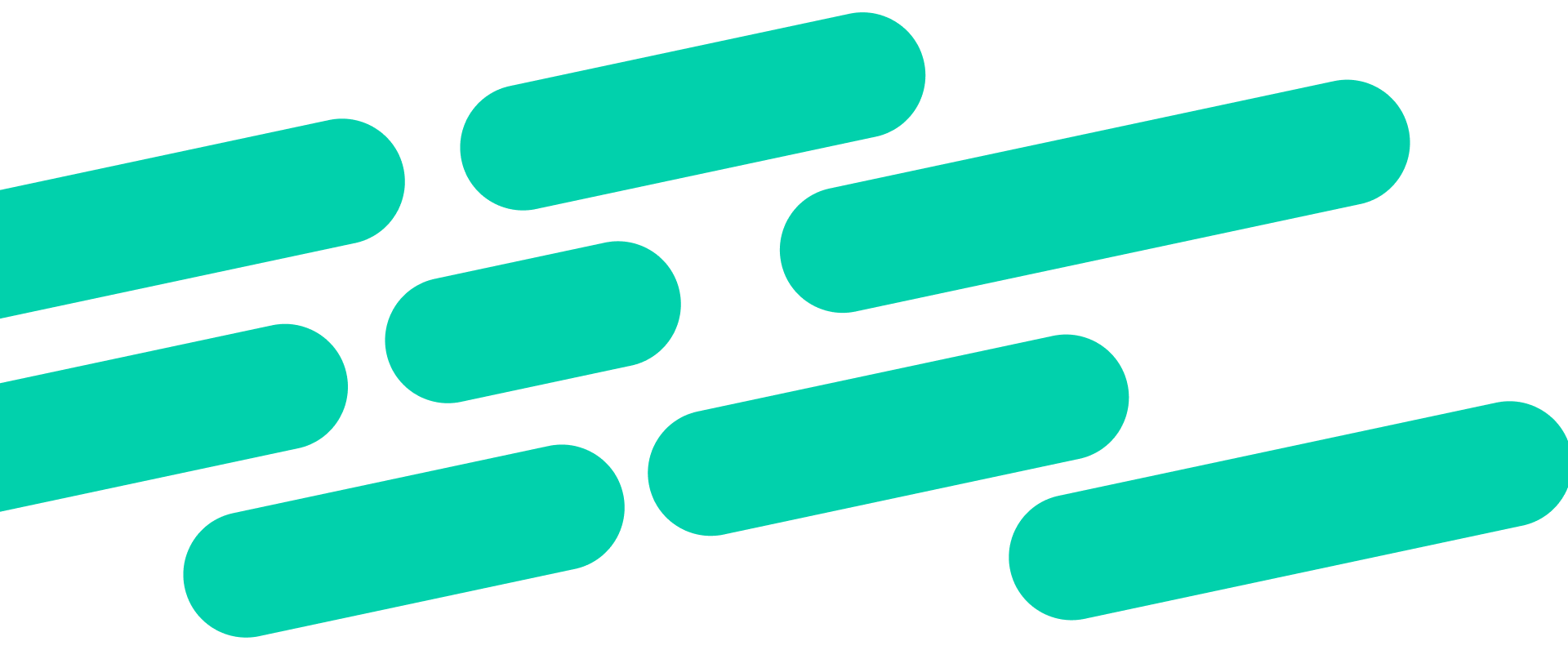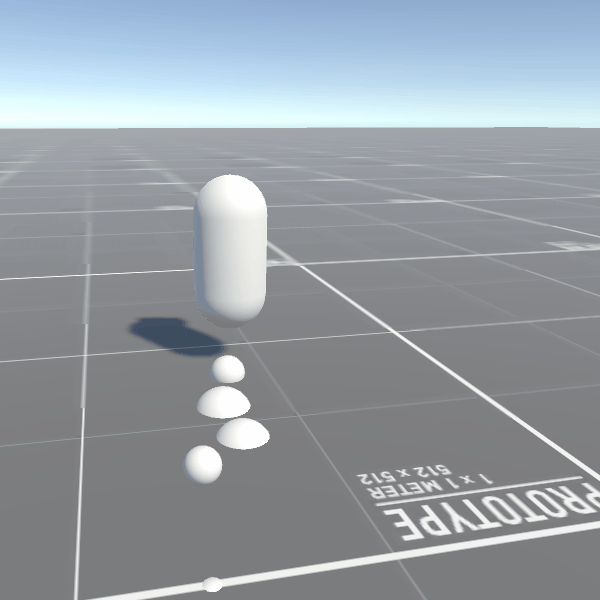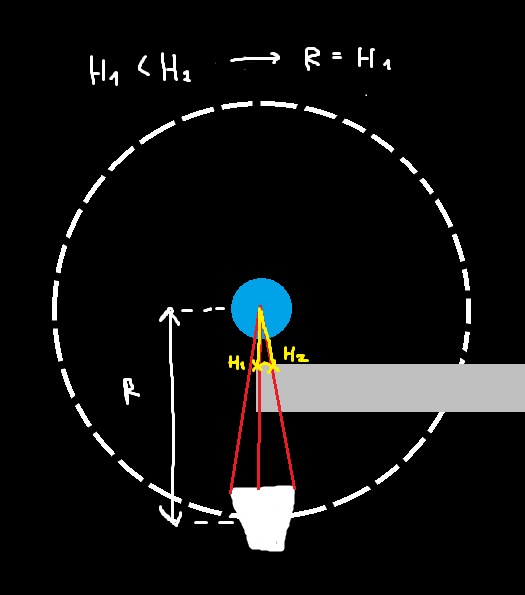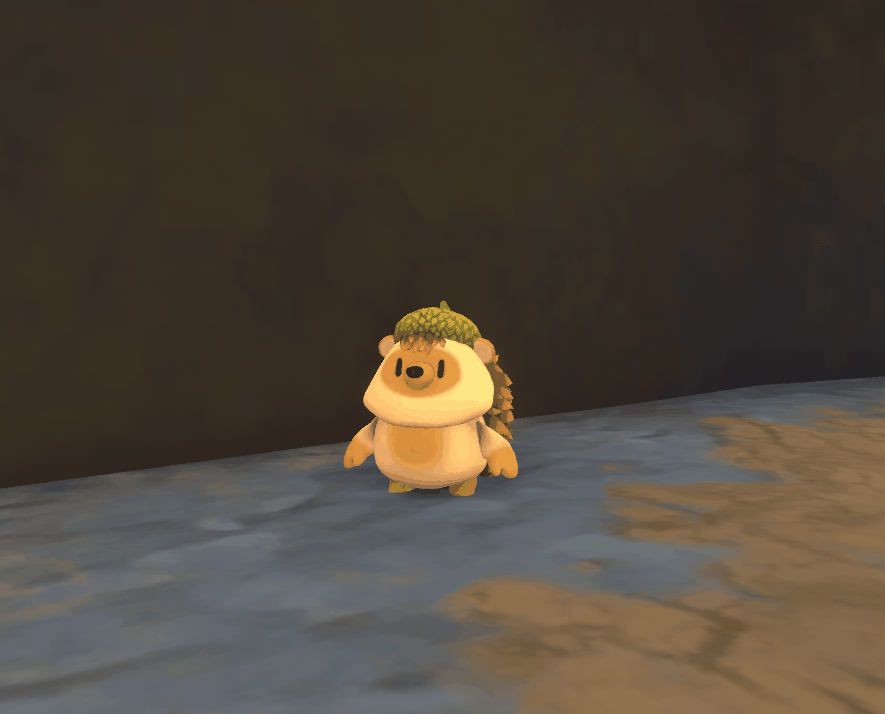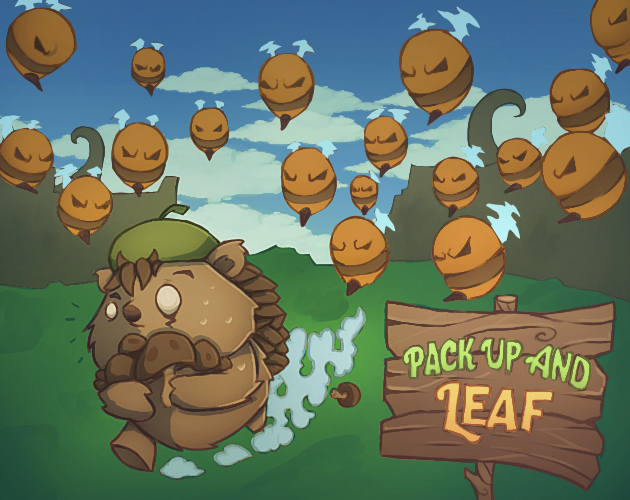
- Game
- Unity
Role: Gameplay Programmer & VFX
Genre: 3D Platformer
Engine: Unity
Team Size: 11
Platform: PC
Time: 4 weeks
Pack Up & Leaf is a 3D Adventure Platformer game inspired by old classics like Spyro and Banjo Kazooie. Being a platformer and having a broad target audience, the game heavily depends on how the player's controls feel and how easy they are to pick up. That's the challenge we took which required extensive testing and tweaking.
- Third person camera controller that can orbit or follow and rotate towards a target if there's no player input. It also will react to collision and occlusion as expected and adjust its distance to the target accordingly. Camera also has a free move zone as seen in many AAA games.
- Camera management system to easily possess and control other cameras during runtime. Used mostly for switching cameras to play cutscenes.
- Modular interactable object system
Since platformers depend so much on how the movement and camera feels, I took the latter as my main focus for this project. I had to work very closely with the programmer that was working on the player’s movement to make sure that both components fit seamlessly. There’s also a lot of dependencies between camera and movement so we had to plan ahead to make sure the needed properties were easily accessible across components.
The player can move the camera freely around the target in a sphere with radius. The vertical angle is constrained as expected. The euler angles are also looped so that when the angle reaches 360, it starts back at 0.

| Property: | Function: |
|---|---|
| Target | Target's Transform component |
| Radius | Orbit sphere radius |
| Orbit Angles | Yaw and Pitch |
| Angle Constraints | Min. and max. pitch angles |
Using events to invoke different interactions depending on the interacted object. This allowed for a very modular and reusable system.
When interacting with chests, loot will spawn around the object between a range of distance and the instances will never overlap.
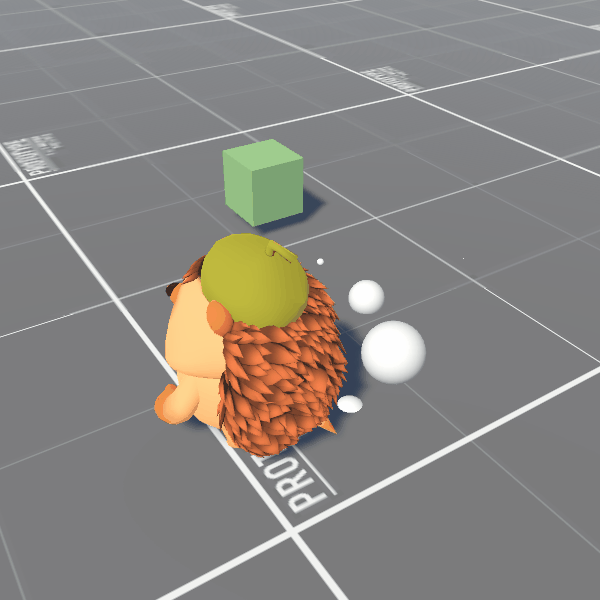
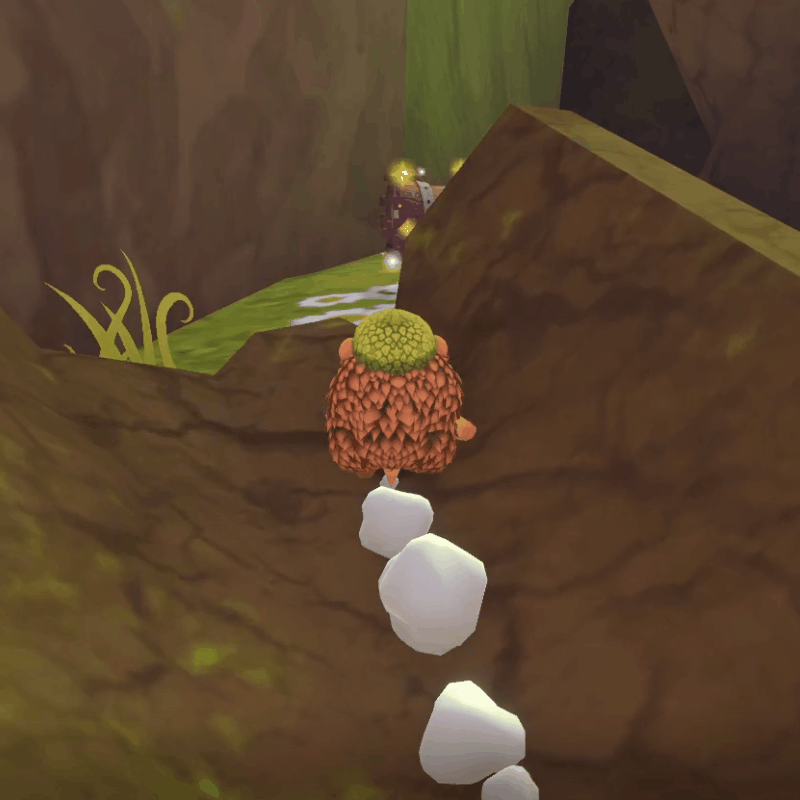

- Chest glow VFX
-
Outline Shader
 UniformOutline.shader
UniformOutline.shader
-
Double side alpha clip shader
 DoubleSided.shader
DoubleSided.shader



-
Scriptable Objects: This was the first big project where I tried to use scriptable objects for events and other runtime functionality as described
in the link below. Since this approach heavily depends on scene references, because of serialization issues when pushing changes, many times these
references were lost and had to be set up again. This caused valuable time to be lost doing double and sometimes triple work. The modularity also
makes it easy for changes to be made, sometimes even accidentally. Keeping some functionality strictly in code would've avoided some of these issues.
 Game Architecture with Scriptable Objects
Game Architecture with Scriptable Objects
- Folder and naming conventions: Unfortunately, not enough time was reserved to plan folder structure and naming conventions in the beginning of this project so as one can expect, the folder organization and naming got messy.
- Pair programming: Since the player movement is the main mechanic in this game, we divided player controller and camera in two. It was crucial to work closely with the programmer who was working on the movement since many references are shared between these systems and they both have to work well together. We did it by pair programming extensively and that proved very beneficial for this project.

